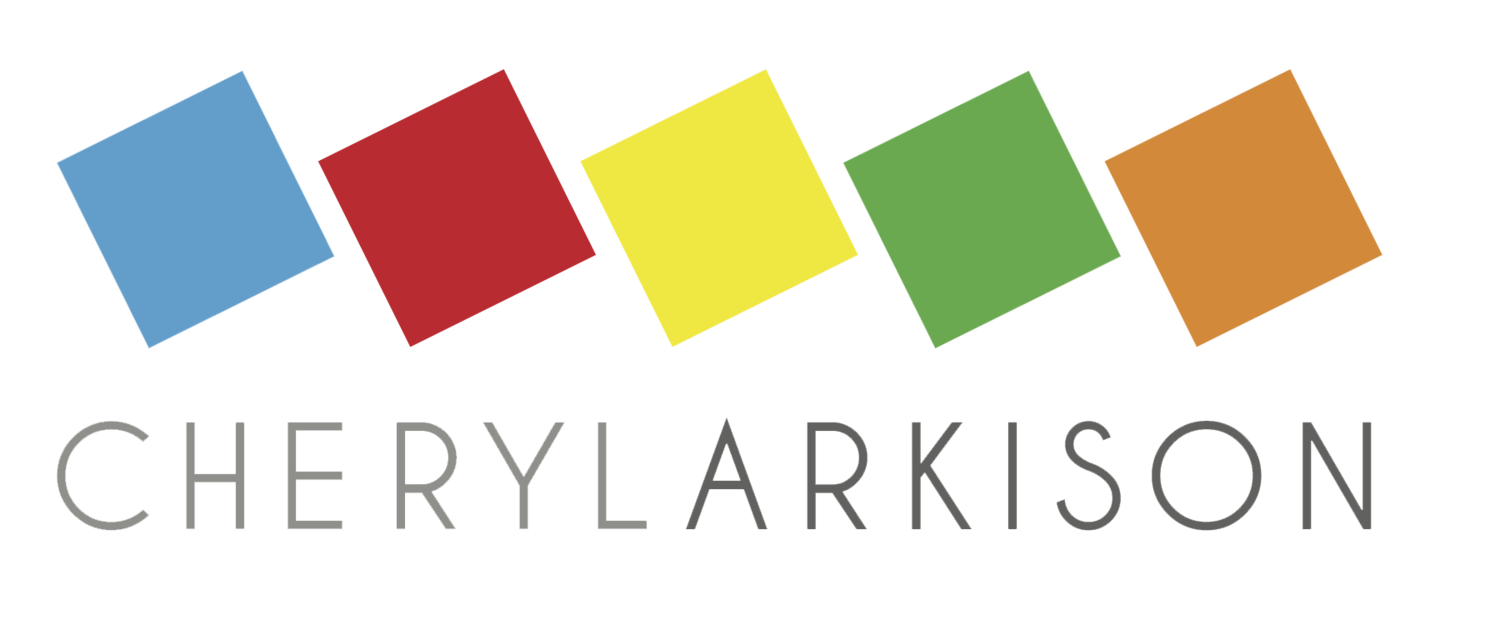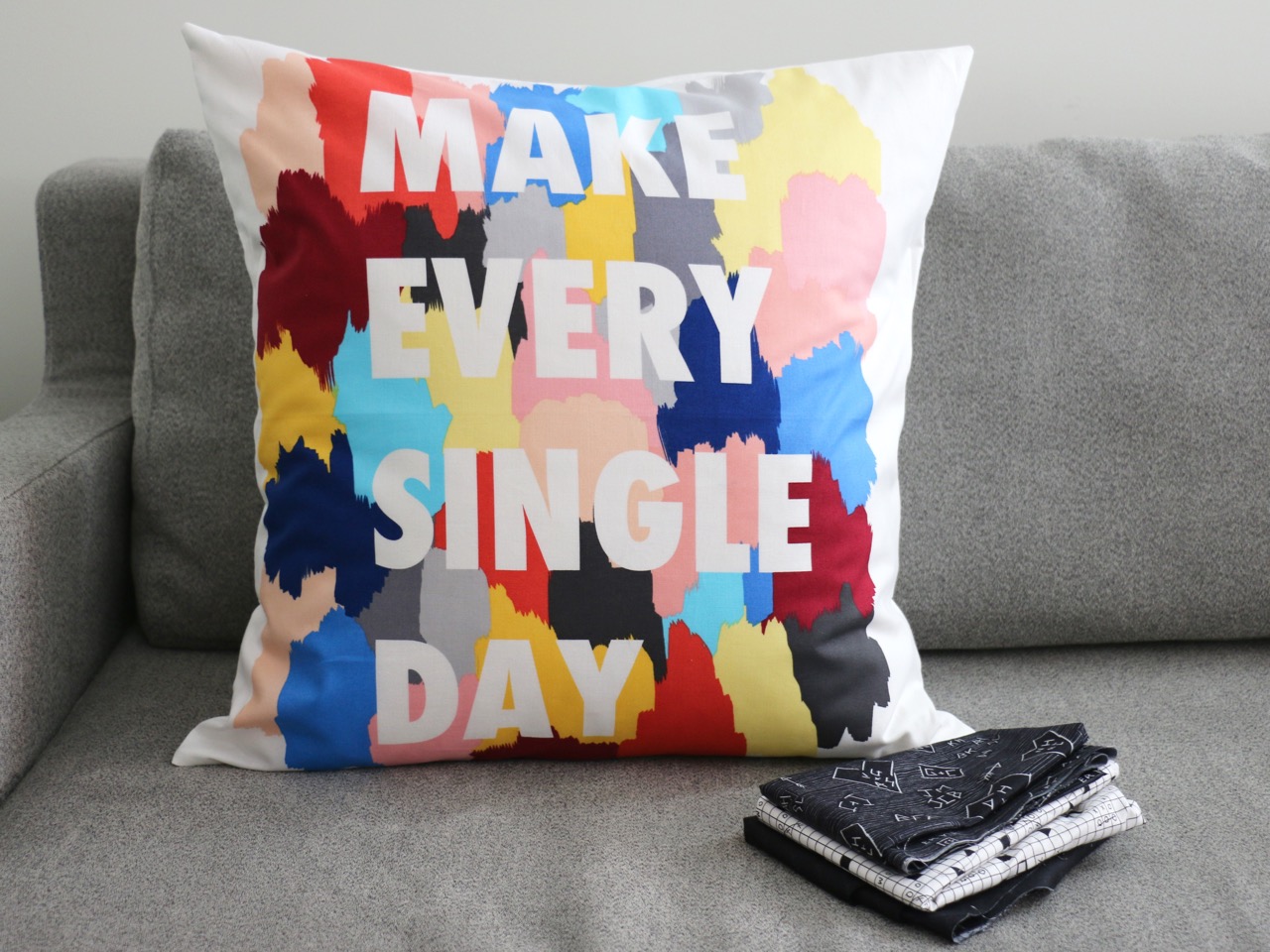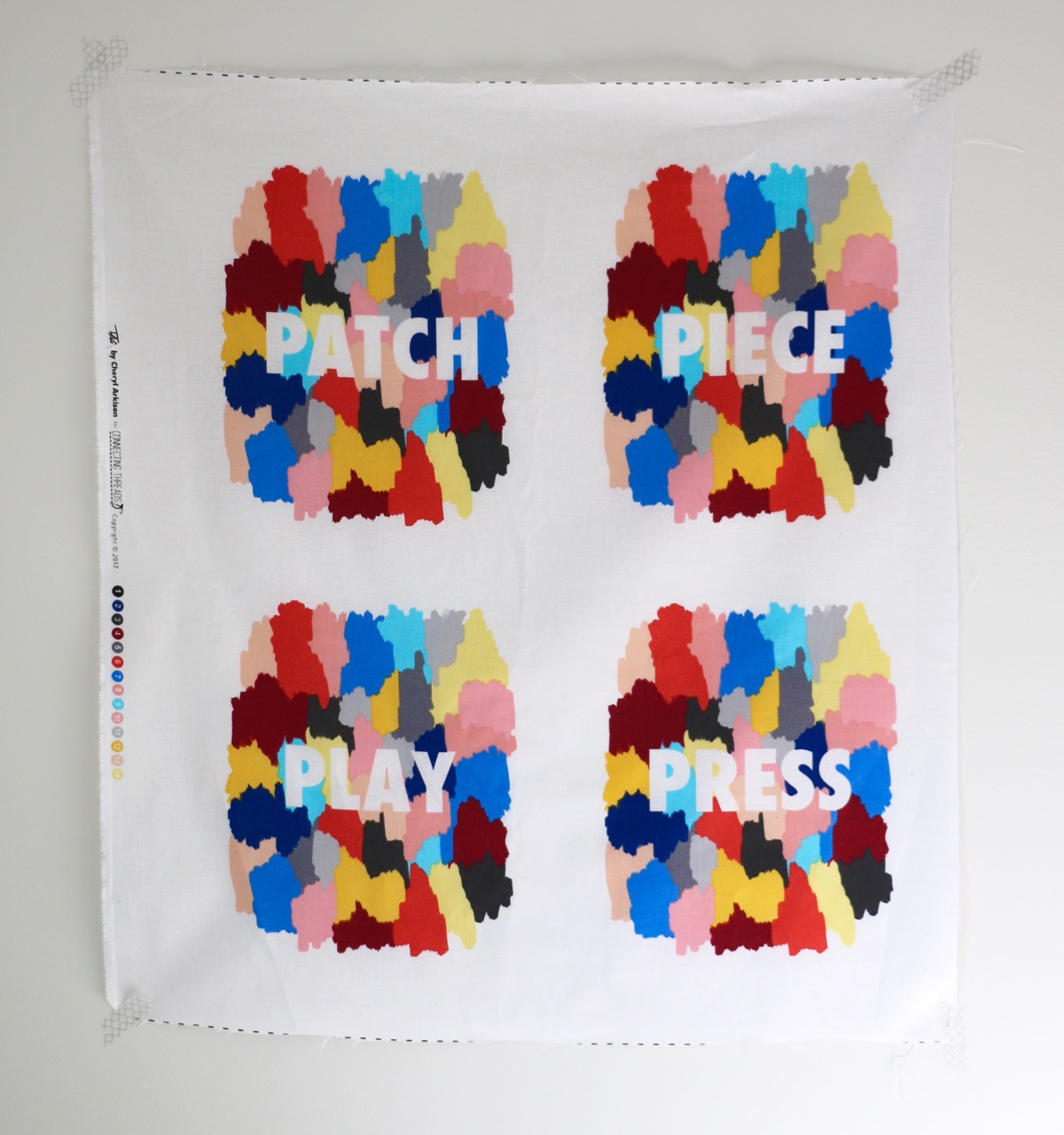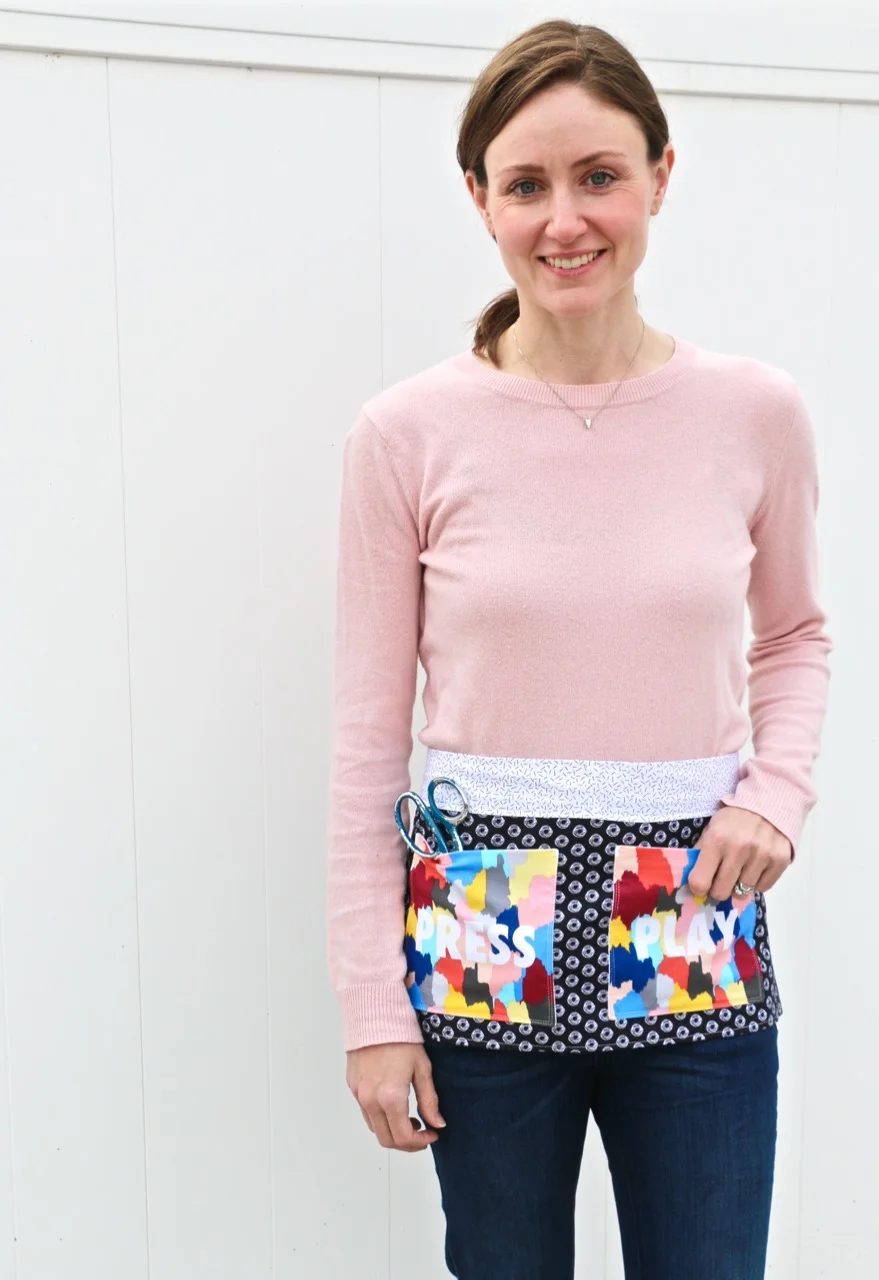It feels like all I am doing here lately is hustling. Buy my fabric! Look what I made that you can make too! I promise, I am more than that. There is creating for the sake of creating happening. Just not much to report on yet. In the meantime... look what I made that you can buy!
As a partner to my Tag fabric collection I created a couple of fun panels. These are actually the colours I'd intended for the entire collection, but we made the switch to black and white during the process. Despite that, this panel was still destined for printing. I am so happy about that.
The message on the big panel is open to interpretation.
Make, Every Single Day
Make Every Single Day... Count... Beautiful... Funny
Make. Every. Single. Day
Whatever you like, however you want to use it. The coloured section is almost 20'' square. I've made it a pillow here, I've sewn it into a quilt that I still need to share with you. It would make an excellent tote bag (on my list). But wait, there is more!
This is the rest of the panel. Four smaller versions with some fundamental quilting terms and two of my favourites - alliteration and Play! These panels come in close to 8'' square, bigger if you include some white space. I see these are small wrapped canvasses, the centers of improv log cabins, pockets... endless possibilities.
Speaking of pockets, I used a few of these on a new apron pattern.
The pattern for the Craft and Play Apron is free! Something fun, super easy to make, and it takes advantage of those cool panels. But really, you could use any fabric you like. My beautiful friend G is modelling for me here, but I've been wearing my own apron while sewing. It keeps things rather close by. And for those of you that do craft shows, it would be perfect!
Download the pattern for free from Connecting Threads or Craftsy. Not everything is for sale. This is my treat for you!












